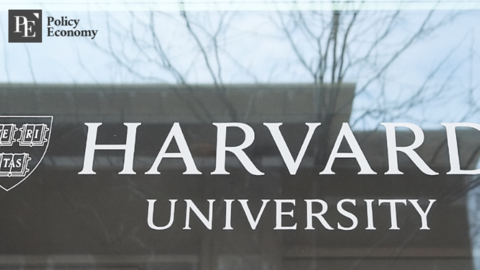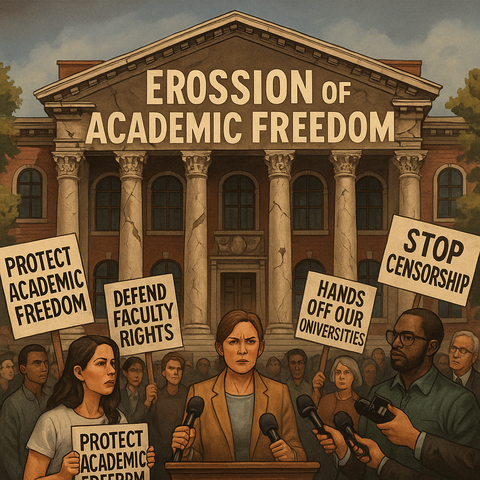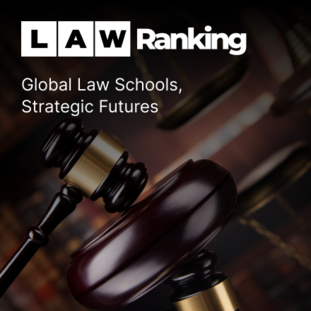The Digital Divide in the Classroom: OpenAI's Study Mode Stirs Controversy Over Access and Equity
Input
Modified
The brain does not rest in silence; It wrestles with questions in lecture halls, grapples with deadlines in dorm rooms, And now, it speaks to machines.
As OpenAI launches its new ChatGPT “Study Mode,” the academic world is entering another turning point in the debate over artificial intelligence in education. Promising a smarter, more personalized version of its chatbot, the feature is specifically designed for college students. But along with the promise of efficiency and innovation comes a host of questions about access, fairness, and whether this technology will become another dividing line in an already unequal learning environment.

AI Repackaged for the Classroom
ChatGPT’s Study Mode is a tailored experience designed specifically for college students. While still powered by the same large language model architecture, the feature is fine-tuned with feedback from student users and study-specific data sources. These include class notes, flashcards, summaries, and even exam preparation material. The result is an AI assistant that better understands how to explain concepts, simulate study sessions, and give structured answers based on standard academic formats.
In practice, when a student asks for help with a physics equation or the main argument of a political theory, the chatbot can respond with more clarity, relevance, and organization than the standard version. This makes it more than just a digital tool; it begins to resemble a personal tutor.
The pricing model, however, has drawn scrutiny. Study Mode is only available through paid subscription tiers. The most advanced features, such as calendar-linked study plans or personalized revision tracking, are locked behind the higher-end plans. While the monthly cost may be significantly lower than hiring a private tutor, it is still another financial barrier for students who are already struggling to make ends meet.
Access and Affordability in Question
The arrival of Study Mode has sparked debate across student communities and educational institutions. On one side, some view it as a natural evolution in academic support. Just as online search engines, video lectures, and flashcard apps changed how students learned, AI-based tools could be the next step. On the other side, many are voicing concerns that this step is not equally accessible.
Some students have already raised alarms over what they describe as an unfair edge. Those who can afford premium features may receive not just quicker responses, but also better study aids, more precise explanations, and even AI-generated reading comprehension tools. The implications extend beyond convenience; they could also shape academic performance, particularly in highly competitive environments.
Early feedback suggests that students from wealthier backgrounds are more likely to experiment with and subscribe to the higher-priced tiers. Universities with stronger technology partnerships may also provide their students with access to more advanced tools, further distinguishing the educational experience between institutions. In contrast, students at underfunded schools may find themselves with fewer digital resources or face restrictions from administrators who are still drafting AI usage policies.
Some educators worry that this division will only grow with time. If AI continues to develop in sophistication and becomes deeply integrated into learning, the distinction between a supplemental tool and an essential academic resource may blur. Without institutional support or government oversight, the benefits of these tools may be limited to those who can afford them, potentially creating a new version of the academic achievement gap.

The Future of AI-Driven Learning
OpenAI maintains that Study Mode is intended to support learning, not replace it. The company insists it will continue working with schools and teachers to make the tool safe and valuable. However, its pricing model and business strategy reflect the reality that educational AI is now also a commercial product.
Some universities are exploring options to adopt school-wide licenses or subsidize subscriptions for students in need. Others are considering open-source alternatives to commercial AI platforms. Still, these efforts are in their early stages, and most students must navigate the options on their own, weighing value against cost.
Meanwhile, concerns about academic integrity are emerging alongside enthusiasm for efficiency. Faculty members are grappling with how to draw clear lines between appropriate AI assistance and plagiarism. Some have proposed new codes of conduct, while others warn that regulating AI use may become unmanageable quickly. For now, students are largely left to self-regulate, adding another layer of pressure to an already complex learning environment.
The arrival of Study Mode represents more than just a product update. It signals a shift in how students engage with information, how institutions respond to technological change, and how deeply technology is allowed to shape education. The tool itself is powerful, accessible, and impressively designed to meet the needs of students. However, unless it is implemented with consideration for cost and fairness, it may become a symbol of educational inequality rather than a solution to it.
As artificial intelligence continues to influence academic life, the question is not just how effective these tools are, but who gets to use them, and on what terms. The classroom is changing, and with it, the balance of opportunity may be tilting once again.






















Comment